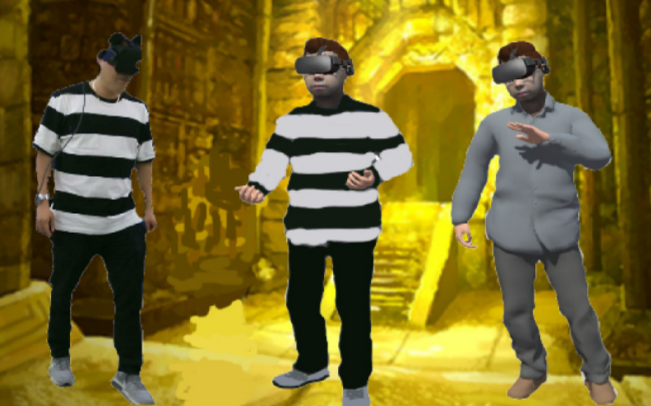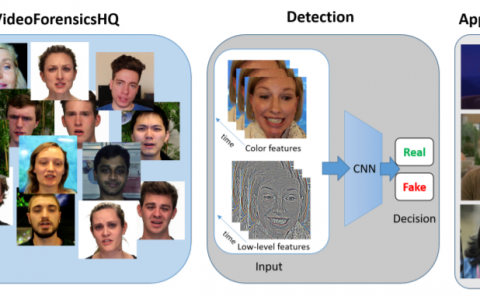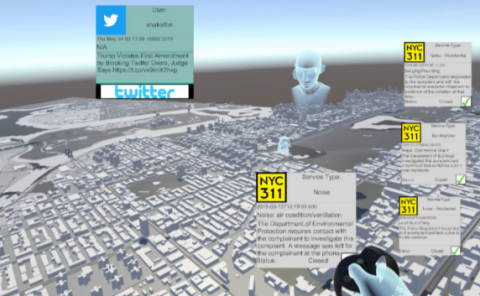The impact of avatar-owner visual similarity on body ownership in immersive virtual reality
PubDate: November 2017
Teams: Electronics and Telecommunications Research Institute;University of Central Florida;Korea University
Writers: Dongsik Jo;Kangsoo Kim;Gregory F. Welch;Woojin Jeon;Yongwan Kim;Ki-Hong Kim;Gerard Jounghyun Kim
PDF: The impact of avatar-owner visual similarity on body ownership in immersive virtual reality

Abstract
In this paper we report on an investigation of the effects of a self-avatar’s visual similarity to a user’s actual appearance, on their perceptions of the avatar in an immersive virtual reality (IVR) experience. We conducted a user study to examine the participant’s sense of body ownership, presence and visual realism under three levels of avatar-owner visual similarity: (L1) an avatar reconstructed from real imagery of the participant’s appearance, (L2) a cartoon-like virtual avatar created by a 3D artist for each participant, where the avatar shoes and clothing mimic that of the participant, but using a low-fidelity model, and (L3) a cartoon-like virtual avatar with a pre-defined appearance for the shoes and clothing. Surprisingly, the results indicate that the participants generally exhibited the highest sense of body ownership and presence when inhabiting the cartoon-like virtual avatar mimicking the outft of the participant (L2), despite the relatively low participant similarity. We present our experiment and main findings, also, discuss the potential impact of a self-avatar’s visual differences on human perceptions in IVR.



